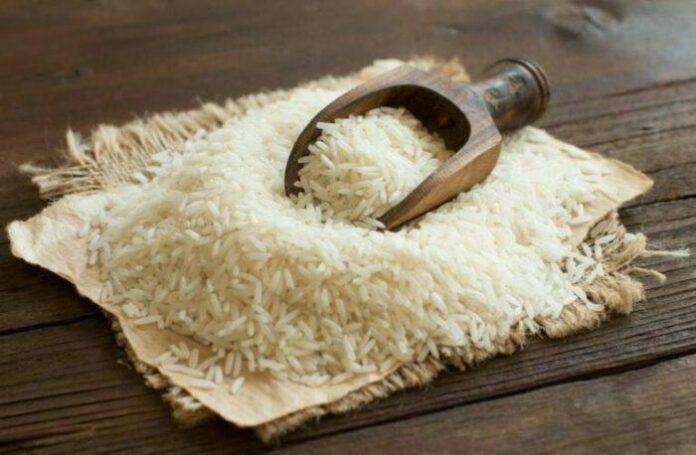As reported by the Food and Agriculture Organization (FAO), the FAO All Rice Price Index witnessed a 2.8 percent escalation in July compared to the preceding month, with an average value of 129.7 points. This reflects an approximate 20 percent surge from the same period in the previous year and marks the most elevated level observed since September 2011.
Factors affecting the increase in rice prices
The escalation in rice prices is being propelled by various factors, including:
- Robust rice demand is among the key drivers behind the increasing rice prices.
- An additional factor is India’s recent decision to limit exports, causing a reduction in the global rice supply.
- Unpredictable weather patterns in certain rice-producing nations have resulted in diminished yields, exacerbating the supply shortage.
Impending Impact of Rising Rice Prices on Global Food Security
The escalating cost of rice is poised to exert a substantial influence on food security across numerous nations. Rice stands as a fundamental dietary item for millions of individuals worldwide, and the elevated prices could create challenges in affording this vital nourishment.
Global Rice Trade Dynamics: Exporting and Importing Nations with Focus on India
- Countries such as India, Thailand, Vietnam, Cambodia, and Pakistan are prominent rice exporters, whereas China, the Philippines, Benin, Senegal, Nigeria, and Malaysia play a crucial role as rice importers.
- In the fiscal year 2022-23, India’s exports of non-basmati white rice amounted to USD 4.2 million, a notable increase from the previous year’s USD 2.62 million. Noteworthy destinations for India’s non-basmati white rice exports encompass the US, Thailand, Italy, Spain, and Sri Lanka.
About Food and Agriculture Organization of the United Nations (FAO)
- The Food and Agriculture Organization serves as a specialized United Nations agency dedicated to spearheading global initiatives aimed at eradicating hunger and enhancing both nutrition and food security.
- The FAO consists of 195 members, which encompass 194 nations along with the European Union. Its headquarters is located in Rome, Italy, and it oversees various regional and field offices globally, functioning across more than 130 countries.
- Additionally, it conducts research, delivers technical support for projects, organizes educational and training initiatives, and gathers data on agricultural output, production, and development.
Ad article








